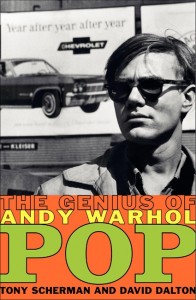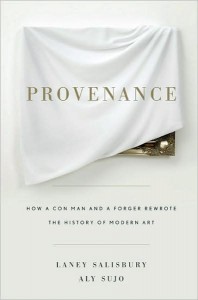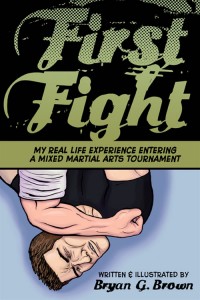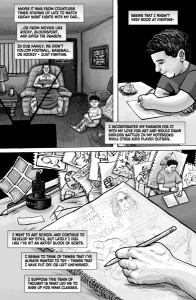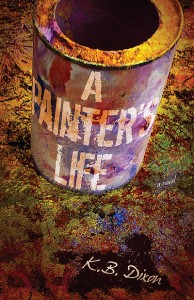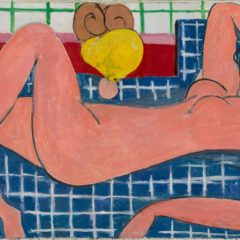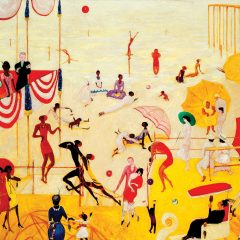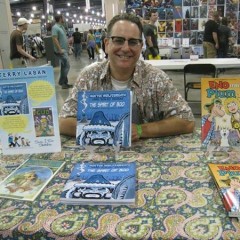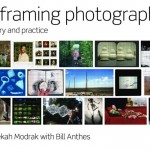Pop: The Genius of Andy Warhol
by Tony Scherman and David Dalton
509 pages $40
at amazon
If you’re a Warhol afficionado, you will wolf down this 448 page entertaining, gossipy and fact-filled tome. The book is an in-depth retelling of Warhol’s life from birth to near-death gunshot wounds from Valerie Solanis in 1968, dwelling mostly on the pop art/Factory years before the Solanis incident. Post-gunshot Andy to his death in 1987 is dispatched in a short epilogue. Clearly for these writers the Genius of Warhol was in flower in the 60s. The rest was just so much glitz and glitter. I’m not going to argue that’s wrong but I’ve never seen it so clearly weighed out in pages per period. Even a Warhol is a genius doubter will appreciate the breezy writing style of the book and the insider’s look at a remarkable era and one of its most remarkable icons.
And while there’s no attempt to psychoanalyze or dissect Warhol’s personality, it’s clear the writers are fascinated by this man who was a mess of contradictions (shy and self-promotional; sweet and visciously catty; rich and perpetually worried about money). Here’s two interesting tidbits to mull over in the book that reverberate: Andy was dyslexic (P. 10) and his college friends wrote his papers for him; and he bought the idea for the first Campbell’s soup can painting for $50 from a gallerist he knew (P. 74). (He said he’d pay her for a fabulous idea–and he got one!)
I came away with new awe for Andy’s business abilities. For example — and this reverberates especially in light of Shepherd Fairey’s current battle with the AP — when Andy was approached by a Life magazine photographer whose image he had appropriated, Warhol immediately settled up with the photographer for a sum of money and royalties on sales. Win, win for all. David Dalton, who is co-writer on this book, was the writer on James Rosenquist’s new autobiography, Painting Below Zero, which Judy Stein previously told us is a faaaabulous book.
Provenance: How a Con Man and a Forger Rewrote the History of Modern Art
Laney Salisbury and Aly Sujo
The Penguin Press
352 pages. $26.95
at barnes and noble
Provenance, a page-turner of a yarn, dissects a real art con game from start to finish focusing on a suave fast-talking trickster, John Drewe, and the people he used or scammed in a multi-million dollar old master forgery business in London in the 1990s. Laney Salisbury and the late Aly Suto, a husband and wife team of writers, interviewed most of the players involved and give a blow-by-blow account of the seductive pathological liar, Drewe, and the tangled web of deceits he wove to get money for his expensive taste in cars, clothes, wines and food. Drew was not a painter but he was an artist — of provenance. His genius was in finding and exploiting provenance (the paper trail of ownership of a work of art). As it turns out, provenance is the art world’s Achilles heel, something considered so crucial that when it’s “right” (as it seemed to be with many of Drewe’s forgeries) it can hoodwink even the most astute experts into believing a crude forgery is the real McCoy. Drewe was so accomplished that he breached the security in the archives at several London museums (the Tate and the Victoria and Albert) inserting his faux documents into documentary books to create a false art historical trail for his forged works.
Drewe was a quirky, amoral personality and his actions damaged numerous people (his wife, for example, and the artist he trapped into being his forger). And he was a remorseless fabricator to the end, claiming at trial that he hadn’t done anything but that it was all a government conspiracy to frame him. Without giving away the nitty gritty, I’ll just say Scotland Yard wins one in the end. And I wouldn’t be surprised to see this story BBC-ified in the future. There’s a great detective part for Michael Kitchen in it.
First Fight – My Real Life Experience Entering a Mixed Martial Arts Tournament
written and illustrated by Bryan G. Brown
28 pages $3.99
at indyplanet
Bryan Brown’s childhood included the usual staying up late on the weekends. Less usual were his nights in front of the tv watching Friday Night Fights with dad. The young doodler-artist was not a born fighter but took his interest in boxing to his sketchbook. After art school (Tyler BFA 2004)and the beginning of a successful career as an Illustrator and cartoonist, Brown’s past re-asserted itself like a one-two punch, and he began taking classes in mixed martial arts. Brown’s new autobiographical comic book about his experience of training, competing, losing, and resolving to compete again has a Rocky-like rhythm but with the underpinnings of a real lovable family guy in there.
The illustrations in the 28-page black and white book have lots of muscular drawings (appropriate to the subject) of martial artists grappling with each other. And the big competition sequence between Brown and his more experienced competitor, O’Reilly — which goes on for ten pages and is the heart of the piece — speeds you through the nasty bits (choke holds, body slams and the rest) through high contrast drawings with a tight focus on limbs, faces and the occasional cut-away panel to show the audience. For someone not partial to martial arts, boxing or wrestling and who doesn’t really “get” the attraction to same, I found Brown’s book interesting and it’s length just about right for the material. What I love best is the meaty underpinnings of the story showing his childhood, his family, his wife and dog, and best of all, himself, going through stages of change and ups and downs of training and learning something new.
This is an earnest and loving book with a lesson. It’s also cinematic and deadpan in the Dan Clowes style of story-telling. Even if you’re not a martial arts enthusiast you’ll get a kick out of Brown’s story and the great croquil pen, brush and ink drawings. The artist, who is continuing with mixed martial arts, is at work on his next comic and a third as well. The second book will contain material about martial arts but also about his life as a comic book artist and the goofy aspects of comic book conventions. The book has been picked up by the company Grappler’s Quest which will be distributing it nationally through their website and tournaments. There’s a Rocky franchise out there that needs a competitor and I think this may be it.
A Painter’s Life
K. B. Dixon
Inkwater Press
143 pages $15.95
Christopher Freeze, the hero in K. B. Dixon’s “A Painter’s Life” is a mid-career artist who drinks too much, is highly conflicted about his success, is totally and self-destructively stressed out and has a loving wife he can’t believe puts up with him. He’s got scads of friends and is relatively prolific but not once in this short, funny little book did I get a grip on exactly what Freeze’s fictitious paintings look like. Odd, or maybe not. By leaving the paintings a slippery matter, Freeze is any painter. Who cares what he paints anyway, the quirky book is all about the man and less about the art. Author Kenneth Dixon has set up A Painter’s Life as a novel in chunks. Each chapter opens with a chunk of brief novelistic facts about the hero. After that, a chunk of published reviews about the hero’s paintings and maybe a short chunk of an interview with the artist. Other chunks interspersed each chapter — all separated by a small asterisk-like diamond — are from the artist’s unpublished journals. The journal chunks are actually the most fun. It’s there where the artist exposes his quirks, like his need to shower as often as 5-7 times a day some days. There’s telling psychological insights into his marriage like this one which made me love the guy and hate him: “The key to the success of our marriage is the failure of Sarah’s parent’s marriage. She never expected much, so she has not been as disappointed as she should be by what she ended up with.”
I’ve never read a novel in chunks before (do others exist?) and I breezed through this 143 pager in hours. It’s a charming book and whether intended or not it seems to me that the villains in the piece are the nameless art critics whose florid writing about the hero’s works are obfuscatory in the extreme and classic examples of boring, off-putting art speak.


